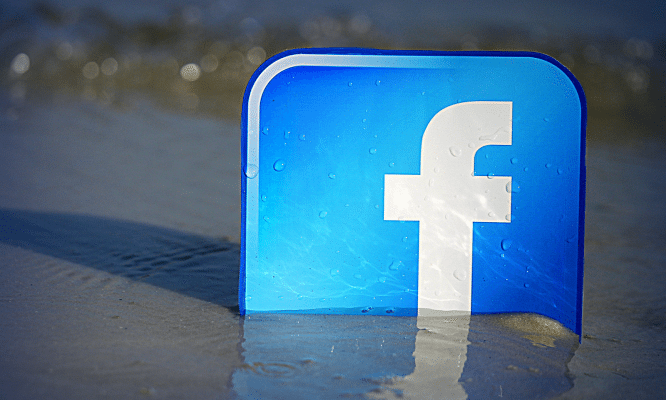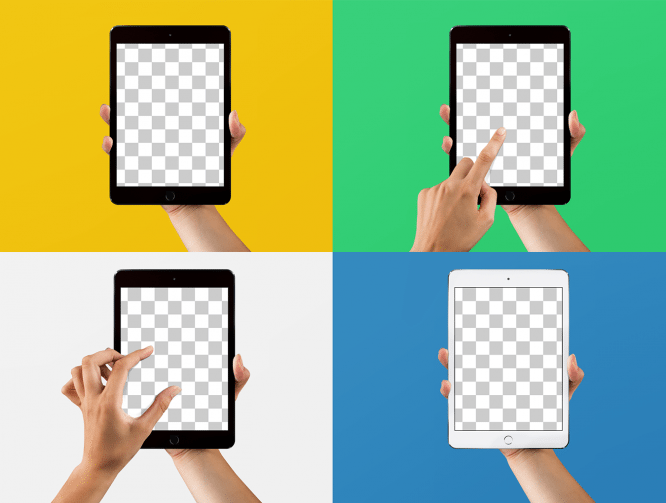6 trends that are changing the very nature of design
6 trends that are changing the very nature of design
In the 21st century, technologies are developing so rapidly that they have long outstripped all the current needs of the population.
Already now, an ordinary consumer in the maelstrom of innovations, startups and brands is easy to get lost, and more than the rest, the question is: what will happen next?
What is the fate of business and design as its component in the foreseeable future?
Billions of users

Uninterrupted access to high-speed Internet, according to statistics, currently have about 40% of the world’s inhabitants. The opportunity to constantly improve their education online gives these lucky ones a tangible power over entrepreneurs: the fact is that it is more difficult to attract and keep the attention of an informed person on the right product. The current situation increases competition within a number of industries, and the trend will grow – this will require a more sophisticated approach from businessmen, including product design.
Expanding Markets

At the same time, the world of digital technologies blurs the boundaries between market segments. Social media has become a new front for recruits across a wide range of industries. The concept of “niche” actually no longer exists: for example, the beverage manufacturer PepsiCo, in the struggle for customers, recently launched a project to create flavored containers for them. It can be assumed that in this regard, design will need to be initially more plastic and at the same time versatile – in accordance with the potential expansion of the product’s areas of application.
Dialogue with the consumer

Social media, strengthening its status as the cornerstone of successful marketing, stimulate manufacturers not only to expand their competence: through virtual communication tools, they now also need to maintain and develop two-way communication with the target audience. Otherwise, companies run the risk of simply being forgotten. Social media engagement also involves more active and regular use of visual imagery, and companies will have to accept the rules of the game.
Digital business support

Recently, publicly available means of supporting entrepreneurship and production are provoking the growth of small businesses. When you can talk about your project on a crowdfunding site, or buy a 3D printer and use it to run your own candle factory, it’s easy. As you might guess, this state of affairs only increases competition in the market, and after it – the demand for high-quality and extremely unique design.
Collision of four generations

The problems of some enterprises arise already at the stage of determining the target audience: now it is based on four generations, which makes the range of preferences and needs very large. Often, feedback from customers within the framework of an existing business confuses management: it seems that the consumer is not quite sure of what he wants. The task of business in this case is to learn to read between the lines, of designers to design something eclectic, something that can satisfy the most diverse contingent, depending on the point of view.
Internet of things

When most of the objects in the outside world are connected through a virtual network, loyalty to some brands can grow. For example, a refrigerator that automatically orders products from the right manufacturers will save us from having to contact others. However, then companies will have to look for new ways to attract new customers – mostly offline.
…


